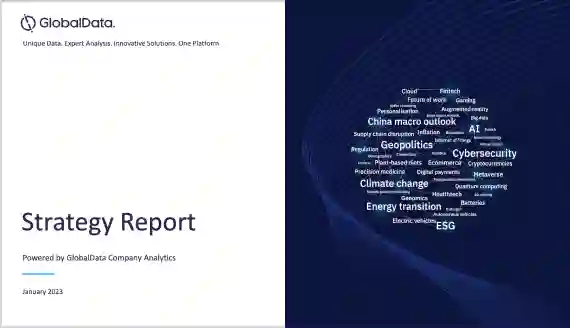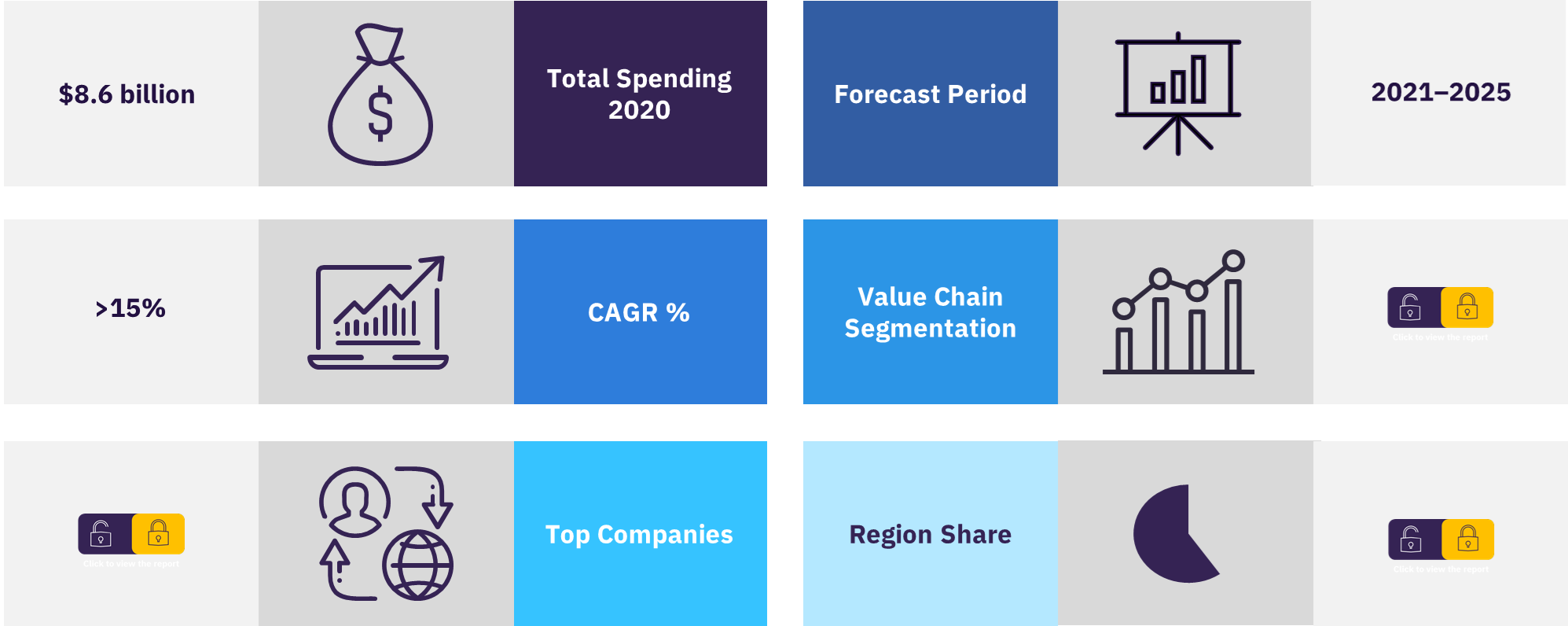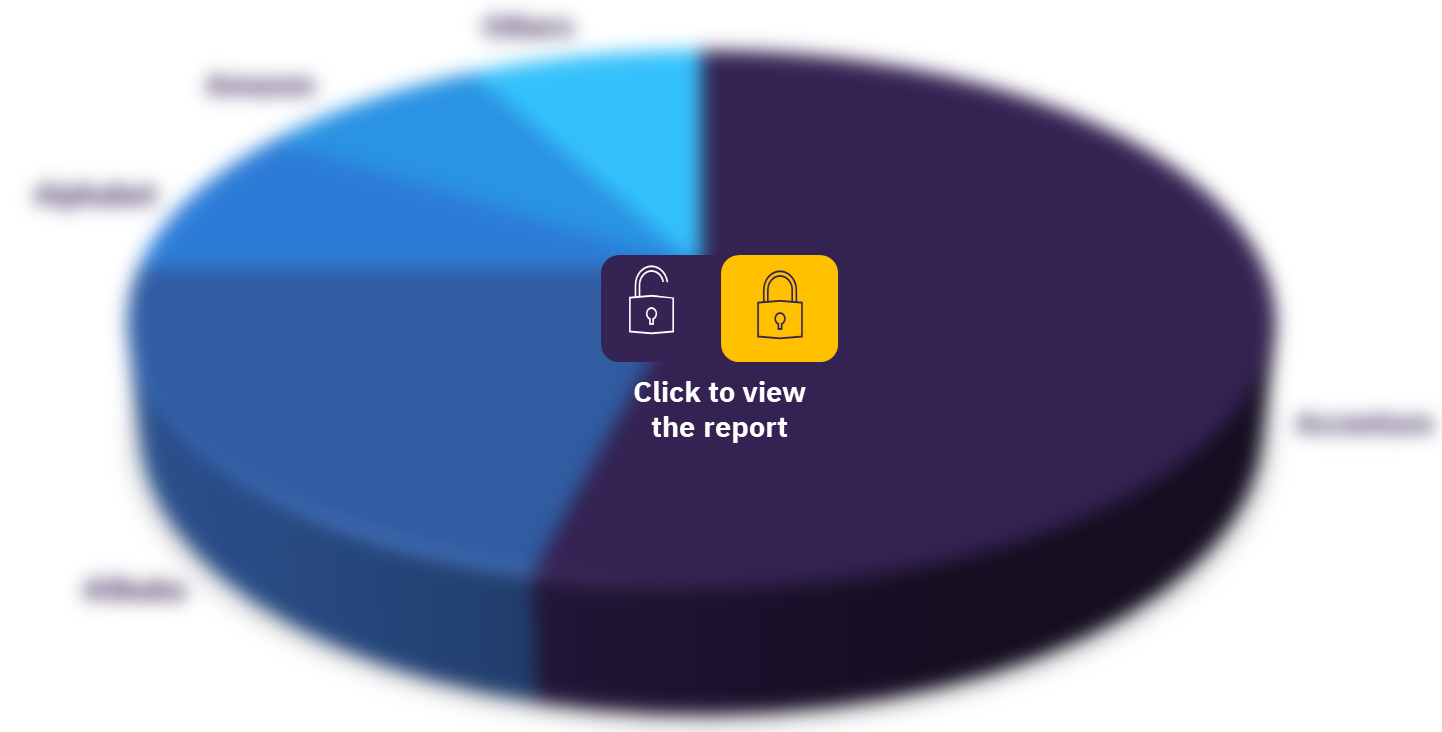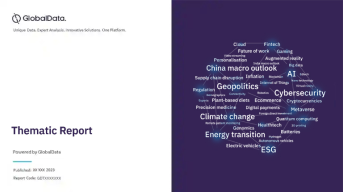Edge Computing – Thematic Research
Powered by ![]()
All the vital news, analysis, and commentary curated by our industry experts.
GlobalData estimates that in 2020 total global spending by enterprises on edge computing totaled $8.6 billion and predicts that global spending by enterprises on edge computing will increase by more than 10% in 2021. GlobalData expects enterprise spending on edge computing to grow at a compound annual growth rate (CAGR) of more than 15% between 2020 and 2025. North America-comprising the US, Canada, and Mexico-is the largest geographical market for edge computing, contributing over 30% of total spending in 2020. China and Japan are also important territories, although they are significantly smaller than the US. In Western Europe, the biggest single territory is Germany, followed by the UK and France.
The benefits of edge computing include the higher performance and cost savings that can be achieved when developing, hosting, and powering applications closer to points of consumption. They also include making faster decisions about data collected from internet-connected sensors on factory floors, transportation networks, retail outlets, and many other locations.
Overview of edge computing market
For more insights on this report, download a free report sample
What are the market dynamics of edge computing?
IT infrastructure vendors such as Dell Technologies, HPE, Lenovo, Cisco, Inspur Information, and IBM are targeting the edge computing opportunity in data centers with a broad portfolio of solutions that includes dedicated edge servers, hyperconverged infrastructure (HCI) appliances, micro data centers, and software for managing edge locations and data. Telecoms infrastructure vendors like Ericsson, Nokia, and Huawei also offer solutions that are designed to help CSPs take advantage of edge computing architectures and technologies, especially as they transition towards 5G. Hyperscale cloud providers, including AWS, Microsoft Azure, and Google Cloud, are targeting edge computing opportunities with different solutions and strategies. They include CDNs such as AWS CloudFront and edge analytics and data processing solutions such as AWS IoT Greengrass, Azure IoT Edge, and Google Cloud IoT Edge. At the same time, some network operators are recognizing the benefits of pooling their resources in ways that advance the availability of edge computing resources for application developers and other stakeholders.
Edge computing will be increasingly important as an enabler of complex real-time IoT applications, especially in concert with 5G growth. 5G and edge computing are highly synergistic. While 5G inherently provides better speeds, higher throughput, and lower latency than previous cellular generations, businesses will be able to better leverage these performance gains when edge processing is added. Edge computing, which supports more localized data processing on smaller format devices, could help facilitate a more sustainable technology environment. Edge computing can also support sustainability and efficiency through better energy management. Despite the disruptions caused by the COVID-19 pandemic, investments in edge computing technologies have picked up in 2021. In some cases, the need for edge computing has become even more important because of the COVID-19 crisis. Together with 5G wireless networking and AI, edge computing can also help governments and businesses strengthen their digital infrastructures and support post-crisis economic recovery.
What are the value chain segmentations of edge computing?
The value chain segmentations of edge computing include device edge, remote edge, branch edge, enterprise edge, telco/MEC edge, and cloud edge.
The device edge refers to portable devices such as smartphones, iPads, cameras, and wearable tech such as smartwatches, hearables, and fitness trackers. Leading IT infrastructure vendors focusing on device edge opportunities include those such as Dell, Lenovo, and Huawei. Although most telecoms network operators are focused on other layers of the edge computing value chain, some, including Orange, China Mobile, and Telstra, are looking to exploit device edge opportunities, mainly via partnership initiatives. The remote edge refers to locations such as mining and resource extraction facilities-including oil and gas drilling platforms, vehicles such as cars, trucks, trains, ships and airplanes, remote filming locations, and military operation sites. Remote edge opportunities are being targeted by large IT infrastructure vendors such as Cisco, Dell, HPE, and Lenovo, as well as smaller ones such as Pivot3 and Scale Computing.
The branch edge refers to the physical enterprise locations such as head offices and core data center locations. Examples of branch edge use cases include the use of edge computing to improve building energy and staff productivity monitoring, inventory optimization and the improvement of billing and payment systems. The enterprise edge refers to the enterprise locations that require local on-site IT to power new applications and initiatives and for which reliance on remote or cloud data center is either prohibitively costly or inefficient. Systems integrators such as Accenture, Atos, and DXC tend to focus primarily on the enterprise and branch edge though they also deliver services in support of remote edge use cases.
The telco or MEC edge refers to the locations within the operational footprint of a telecommunications network operator where edge computing infrastructure is deployed. Several infrastructure vendors-including Ericsson, Nokia, Huawei, and Juniper Networks-have a strong focus on telco or MEC edge opportunities involving working with telecoms network operators developing their own MEC offerings.
The cloud edge refers to the use of edge computing infrastructure within secondary and tertiary cloud data centers, including, in the case of cloud service providers and CDNs, the use of colocation facilities to deploy data processing and other cloud infrastructure resources closer to where applications are deployed and consumed. The cloud edge includes solution offerings from leading cloud providers such as AWS Local Zones and Microsoft’s Azure Edge Zones.
Which are the major companies in the edge computing theme?
The major companies in the edge computing theme include Accenture, Alibaba, Alphabet, Amazon, Atos and Cisco.
Edge computing, key players
To know more about key players, download a free report sample
Market report scope
| Total Spending (Year – 2020) | $8.6 billion |
| Growth (2020-2025) | CAGR >15% |
| Key Companies | Accenture, Alibaba, Alphabet, Amazon, Atos and Cisco |
| Key Value Chain segments in edge computing | Device edge, remote edge, branch edge, enterprise edge, telco/MEC edge, and cloud edge |
This report provides an overview of the edge computing theme.
- It identifies the key trends impacting growth of the theme over the next 12 to 24 months, split into three categories: technology trends, macroeconomic trends, and regulatory trends.
- It includes comprehensive industry analysis, including forecasts for enterprise spending on edge computing to 2025.
- It contains details of M&A deals driven by the edge computing theme, and a timeline highlighting milestones in the development of edge computing.
- The detailed value chain shows comprise six categories of edge computing: device edge, remote edge, branch edge, enterprise edge, telco or MEC edge, and cloud edge. Leading and challenging vendors are identified across all six categories.
Reasons to Buy
- Edge computing is widely seen as one of the hottest topics in IT. By decentralizing computing and other IT resources and positioning them closer to where digital applications and services are consumed, edge computing promises to unlock multiple benefits for end-users. This report provides an invaluable guide to this important theme, including details of the leading players and up-to-date market forecasts.
Akamai
Alibaba
Amazon
AMD
Apple
AT&T
Atos
Capgemini
China Mobile
Ciena
Cisco
Dell Technologies
Deutsche Telekom
DXC Tech
EdgeConnex
Equinix
Ericsson
Etisalat
Hitachi Vantara
HPE
Huawei
IBM
Infosys
Inspur Information
Intel
Juniper Networks
KDDI
Lenovo
LG
Limelight Networks
Lumen
Microsoft
MobiledgeX
Mutable
Nokia
NTT Communications
Nutanix
Nvidia
Oracle
Orange
Pivot3
Samsung Electronics
Scale Computing
Singtel
SK Telekom
Tech Mahindra
Telefonica
Telstra
Tencent
T-Mobile
Vapor IO
Verizon
VMware
Vodafone
Wind River
ZTE
Table of Contents
Frequently asked questions
-
What was the total spending on edge computing in 2020?
The total spending on edge computing in 2020 was $8.6 billion.
-
What is the growth rate of edge computing?
The edge computing spending is expected to grow at a CAGR of more than 15% during 2020-2025.
-
What are the value chain segmentations of edge computing?
The value chain segmentations of edge computing include device edge, remote edge, branch edge, enterprise edge, telco/MEC edge, and cloud edge.
-
Which are the major companies in the edge computing theme?
The major companies in the edge computing theme include Accenture, Alibaba, Alphabet, Amazon, Atos and Cisco.
Get in touch to find out about multi-purchase discounts
reportstore@globaldata.com
Tel +44 20 7947 2745
Every customer’s requirement is unique. With over 220,000 construction projects tracked, we can create a tailored dataset for you based on the types of projects you are looking for. Please get in touch with your specific requirements and we can send you a quote.













